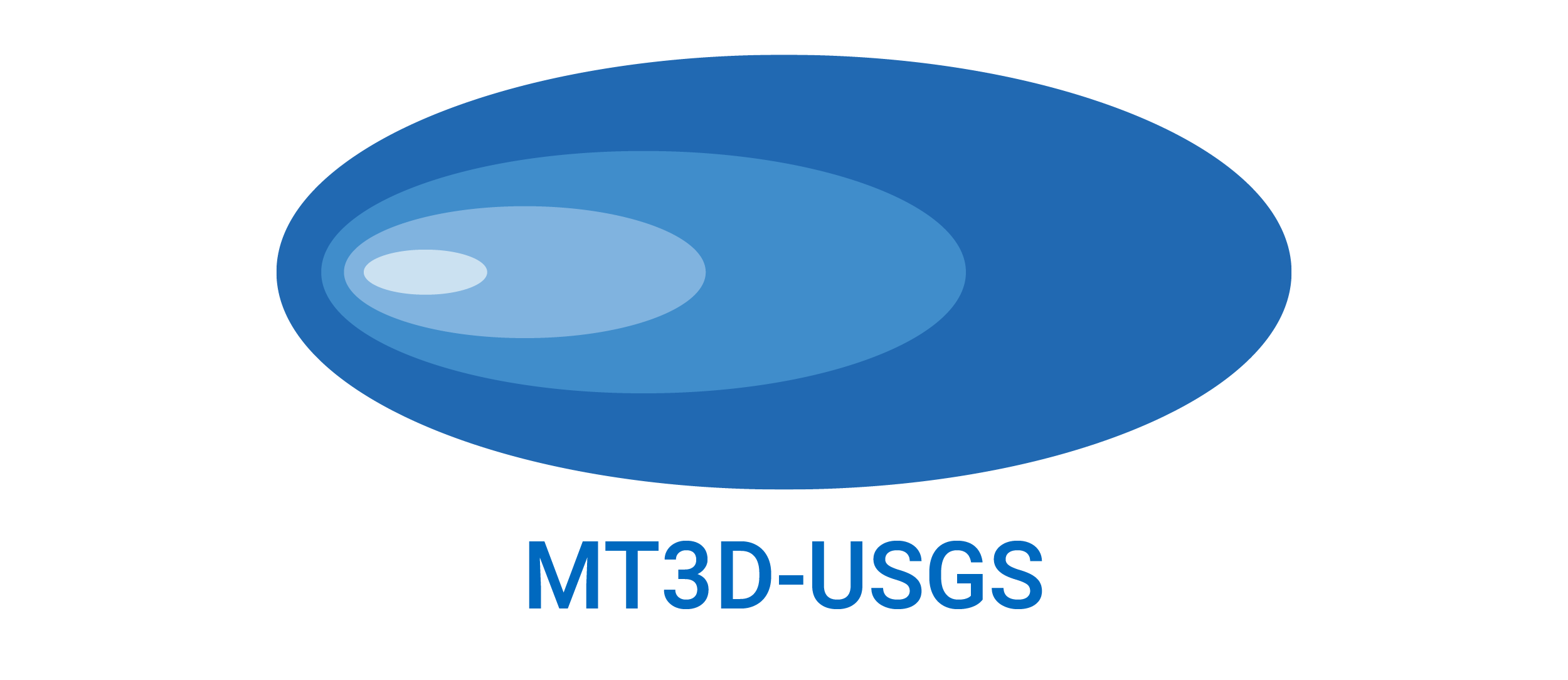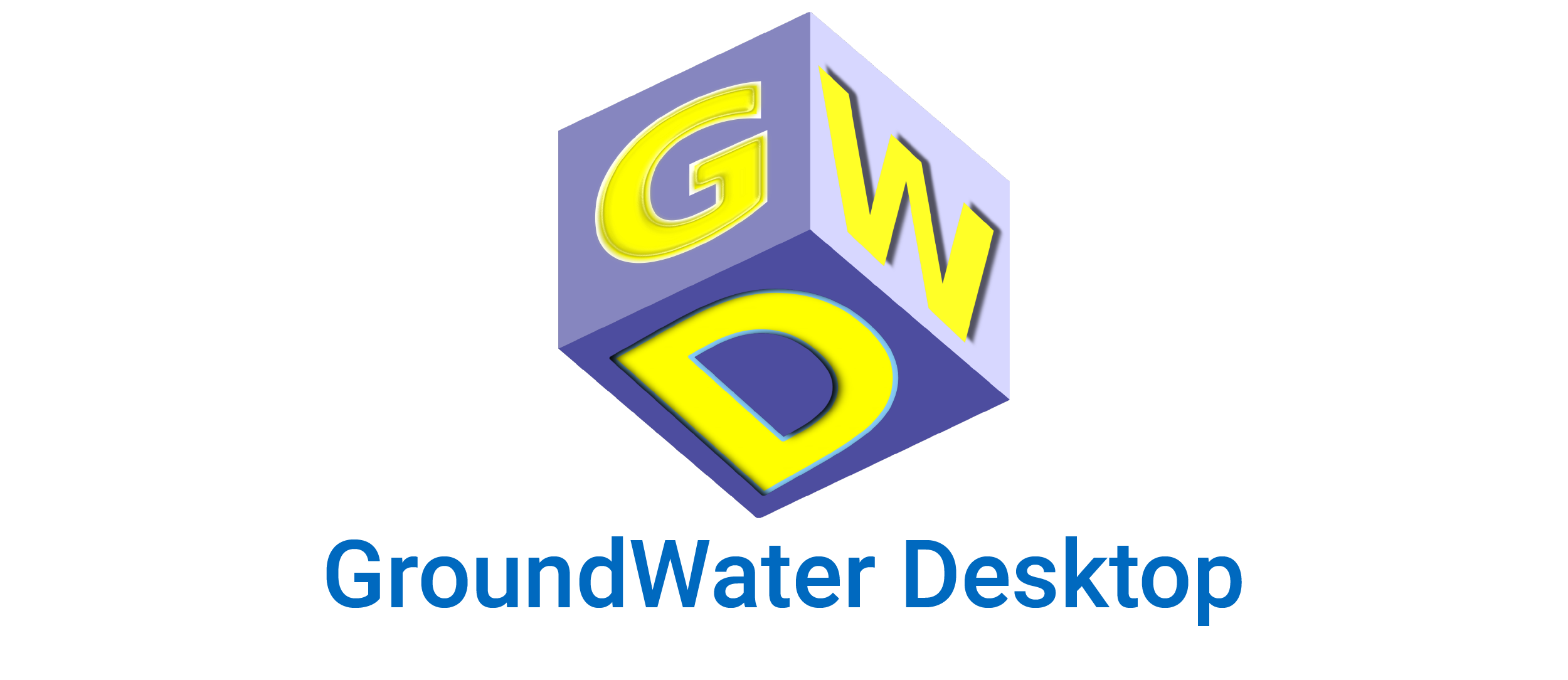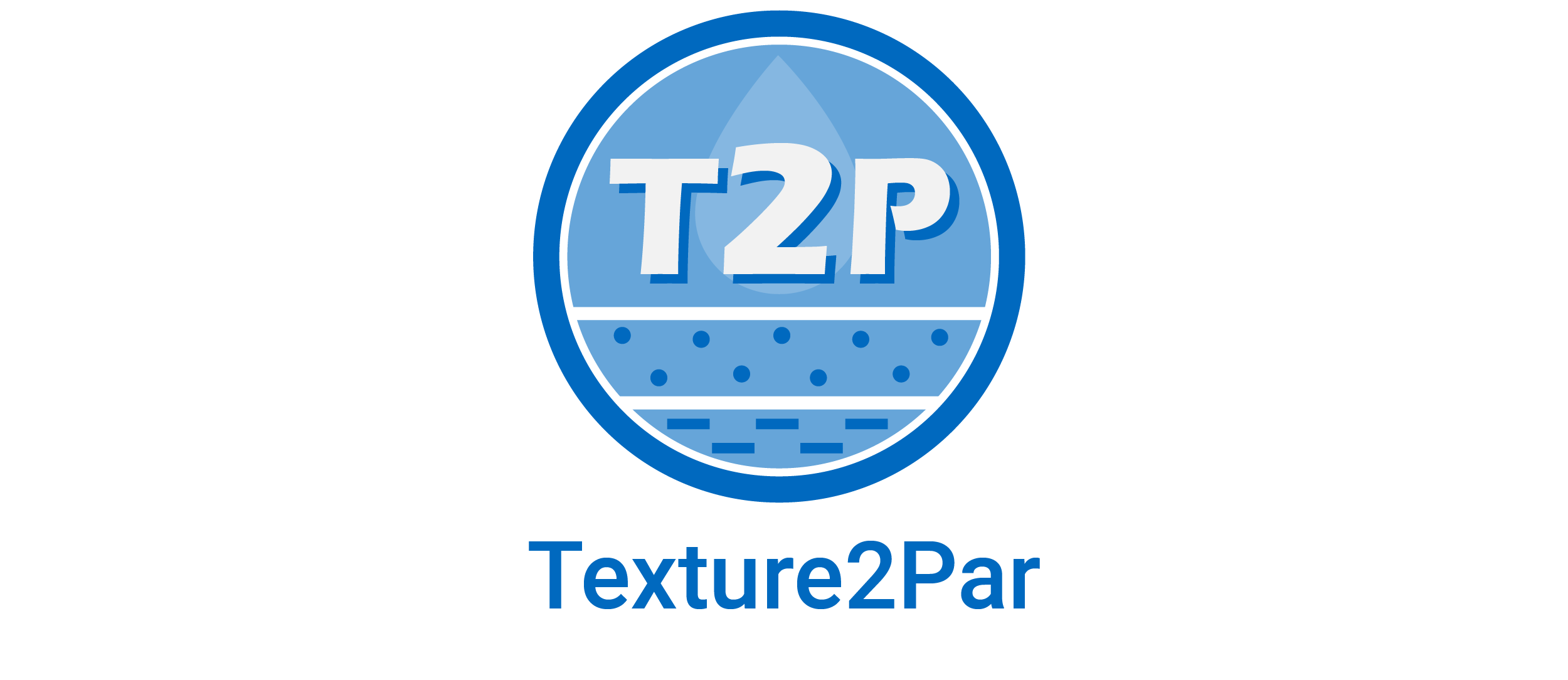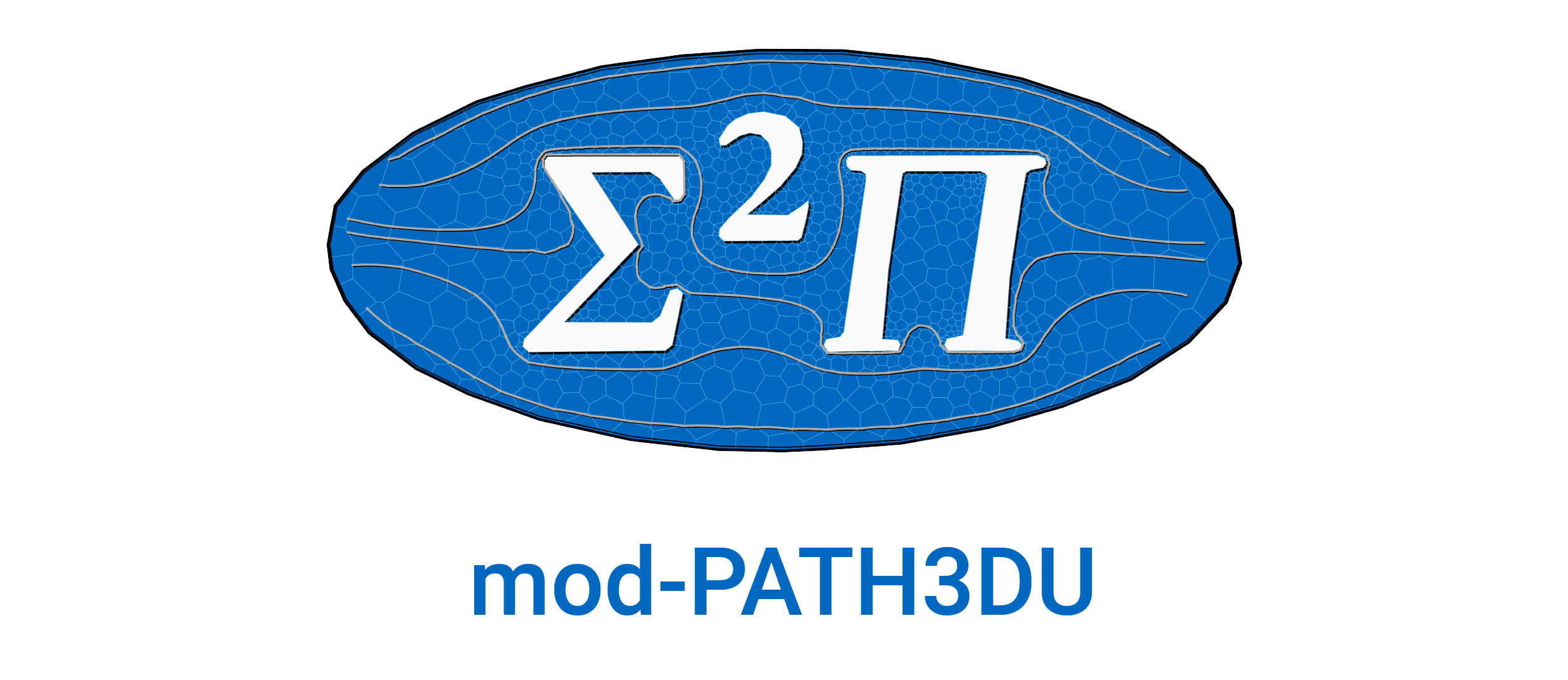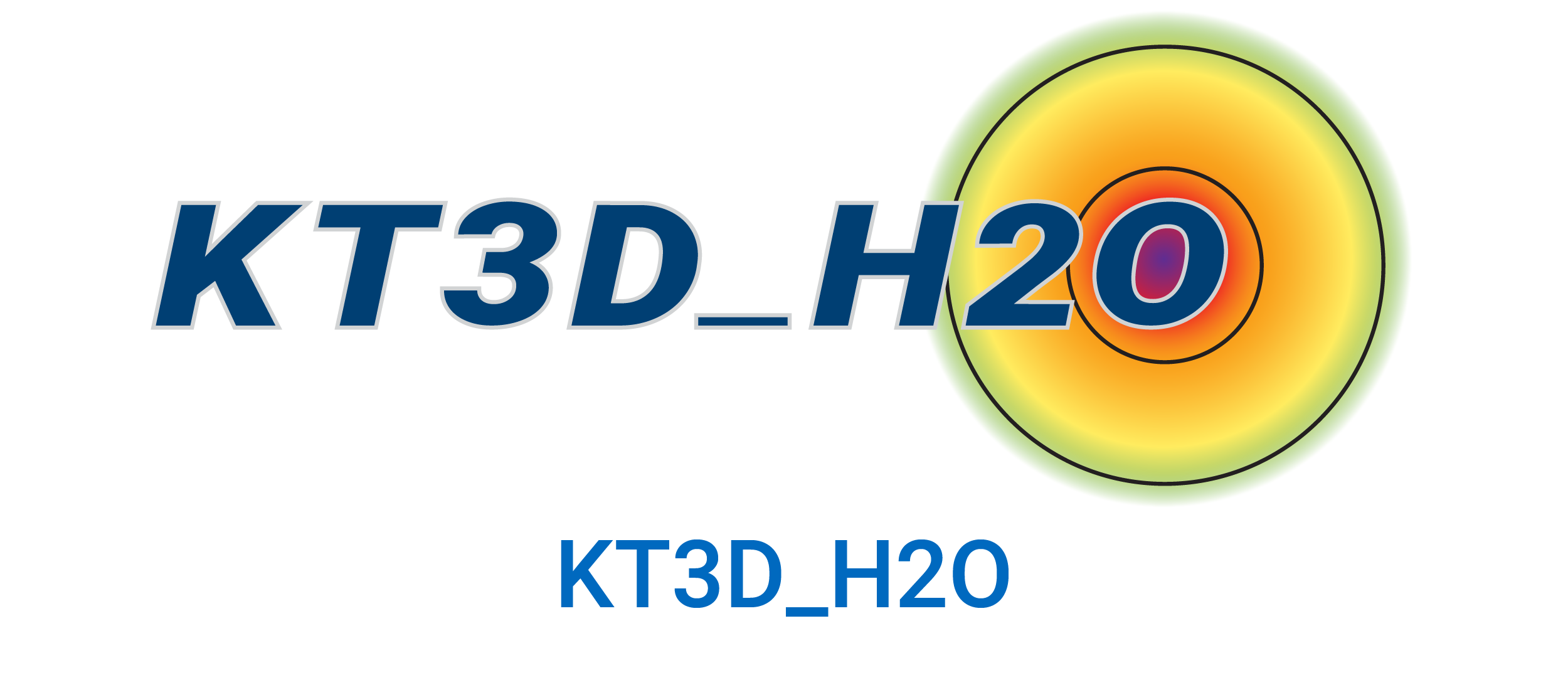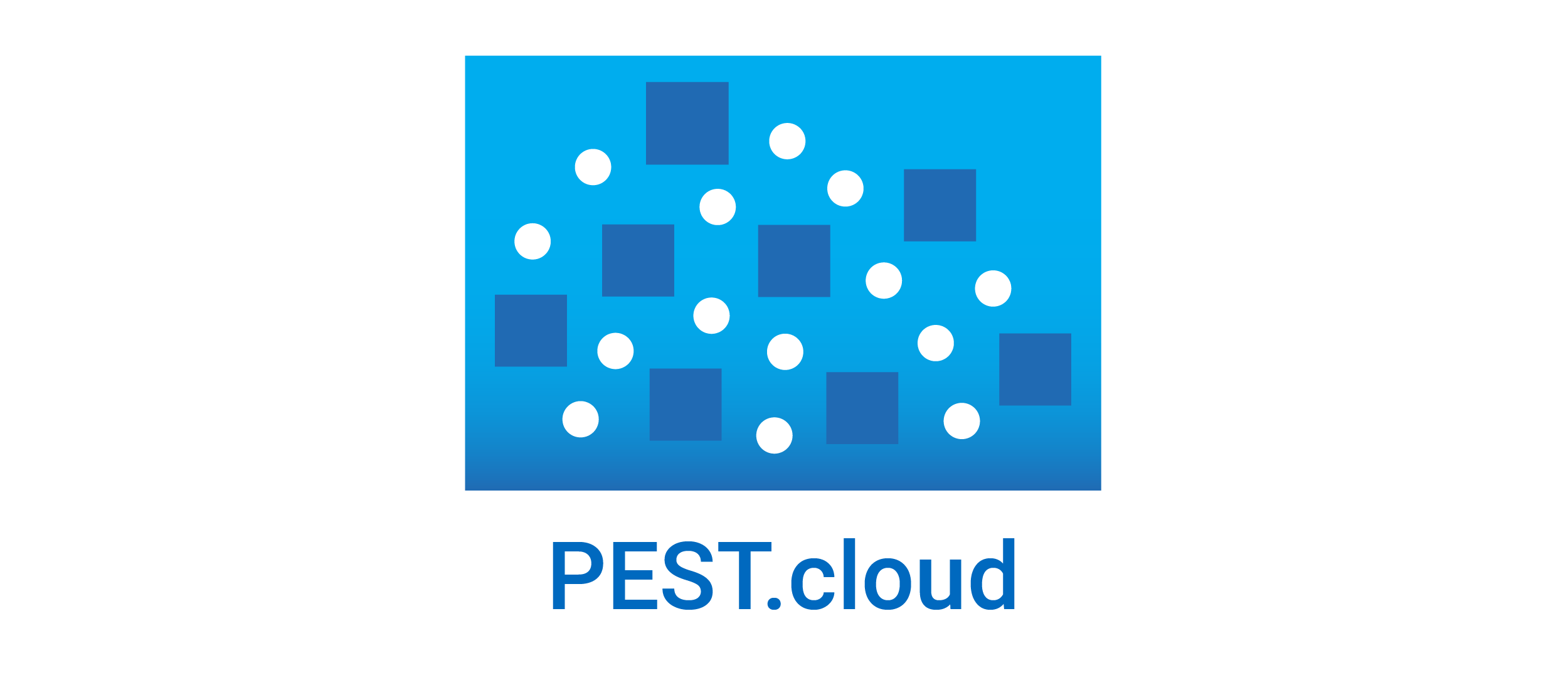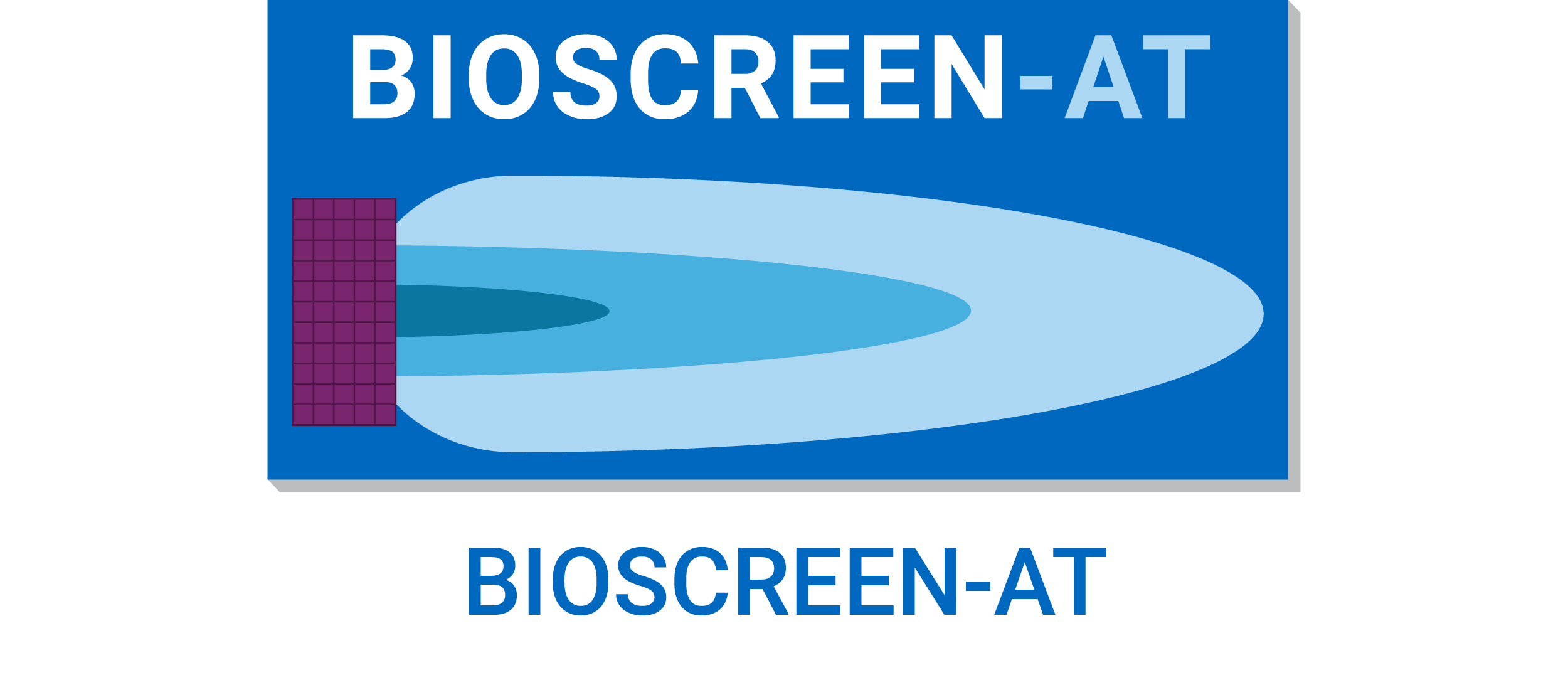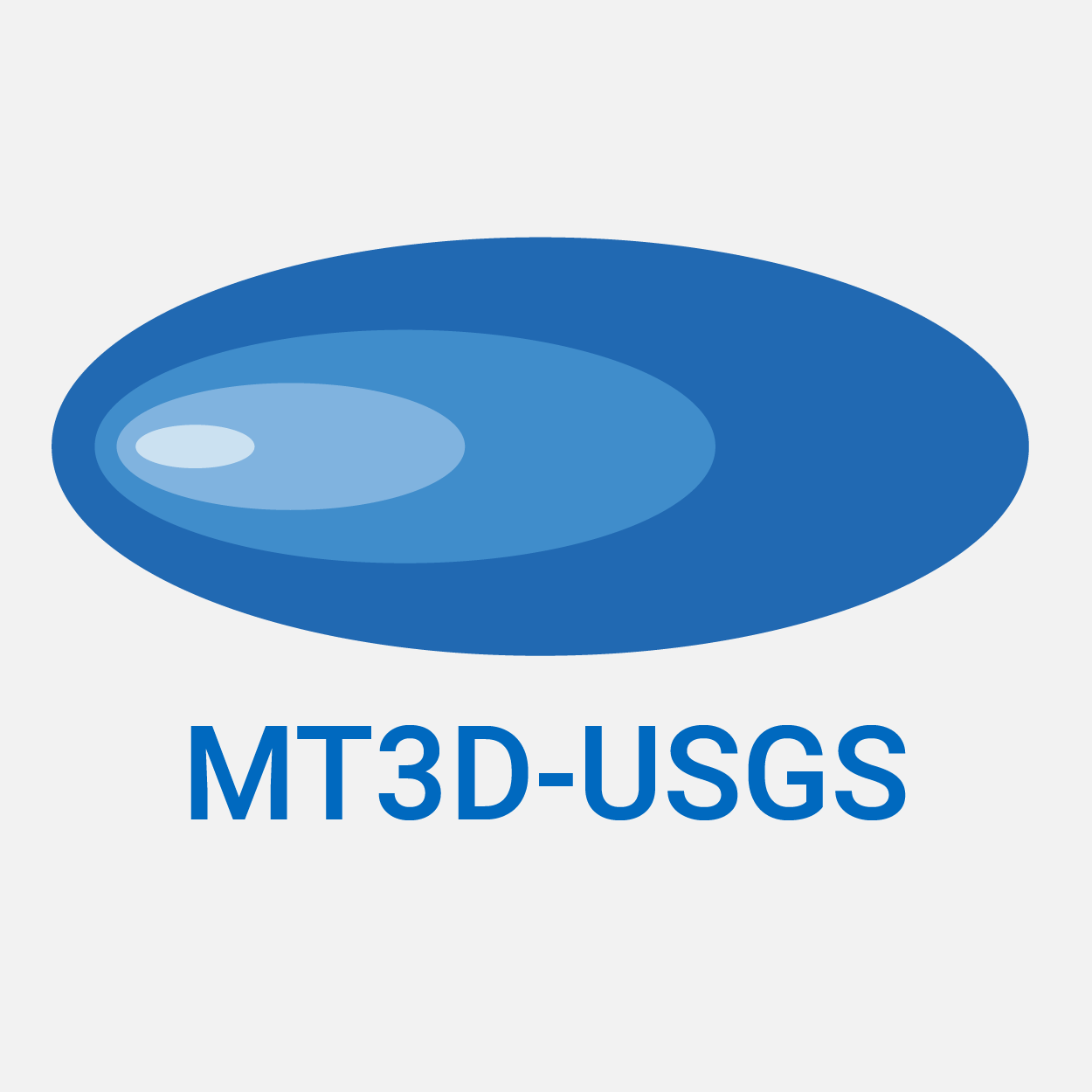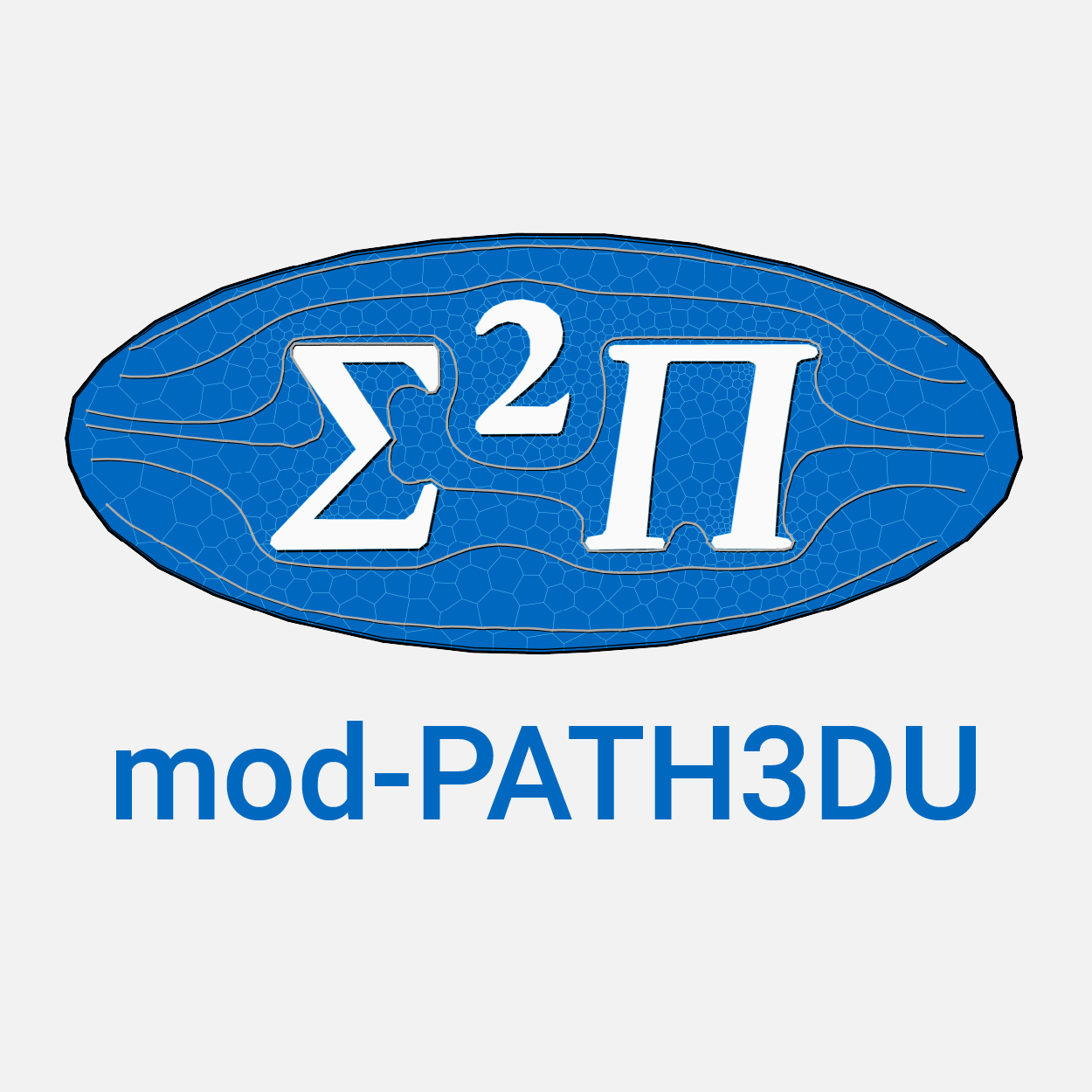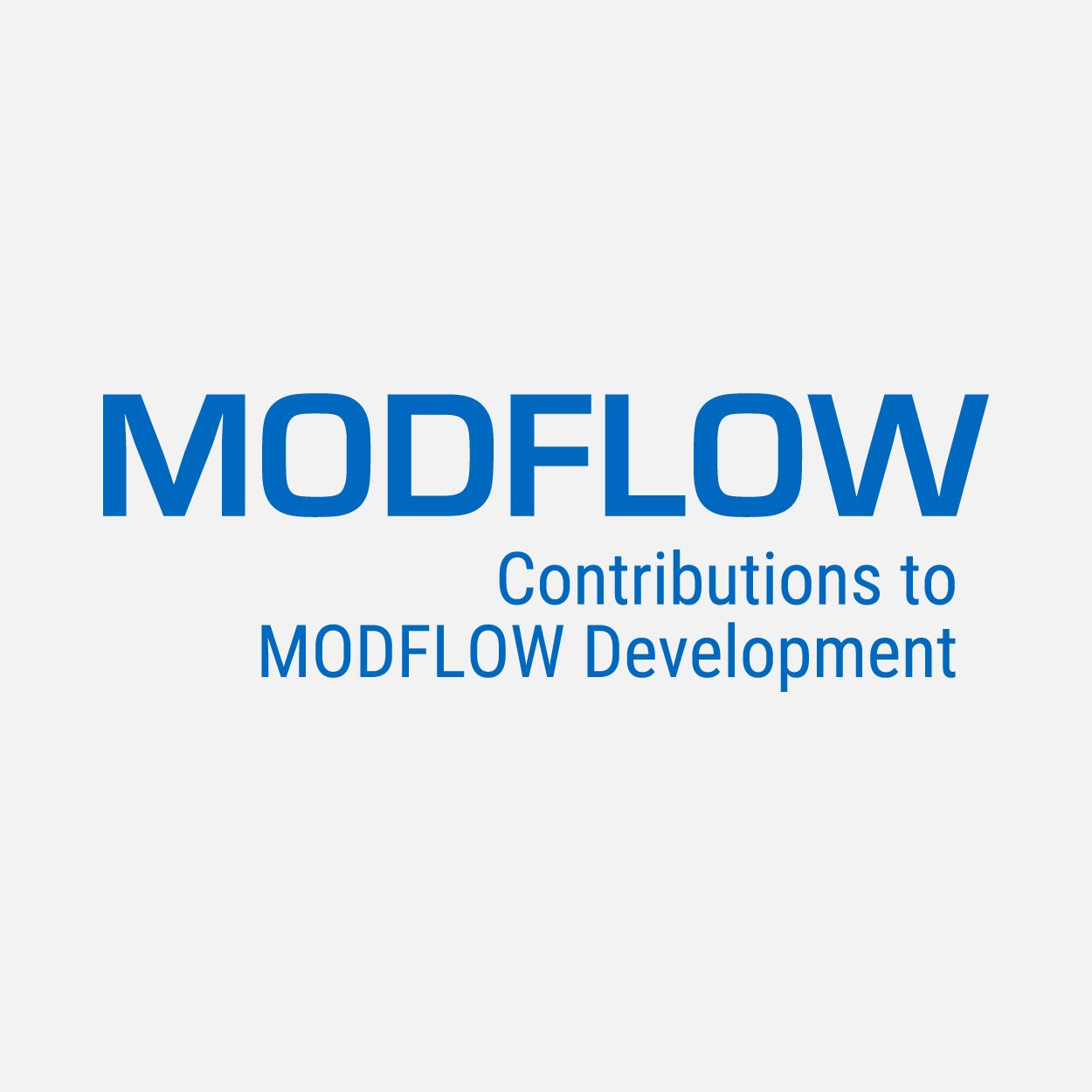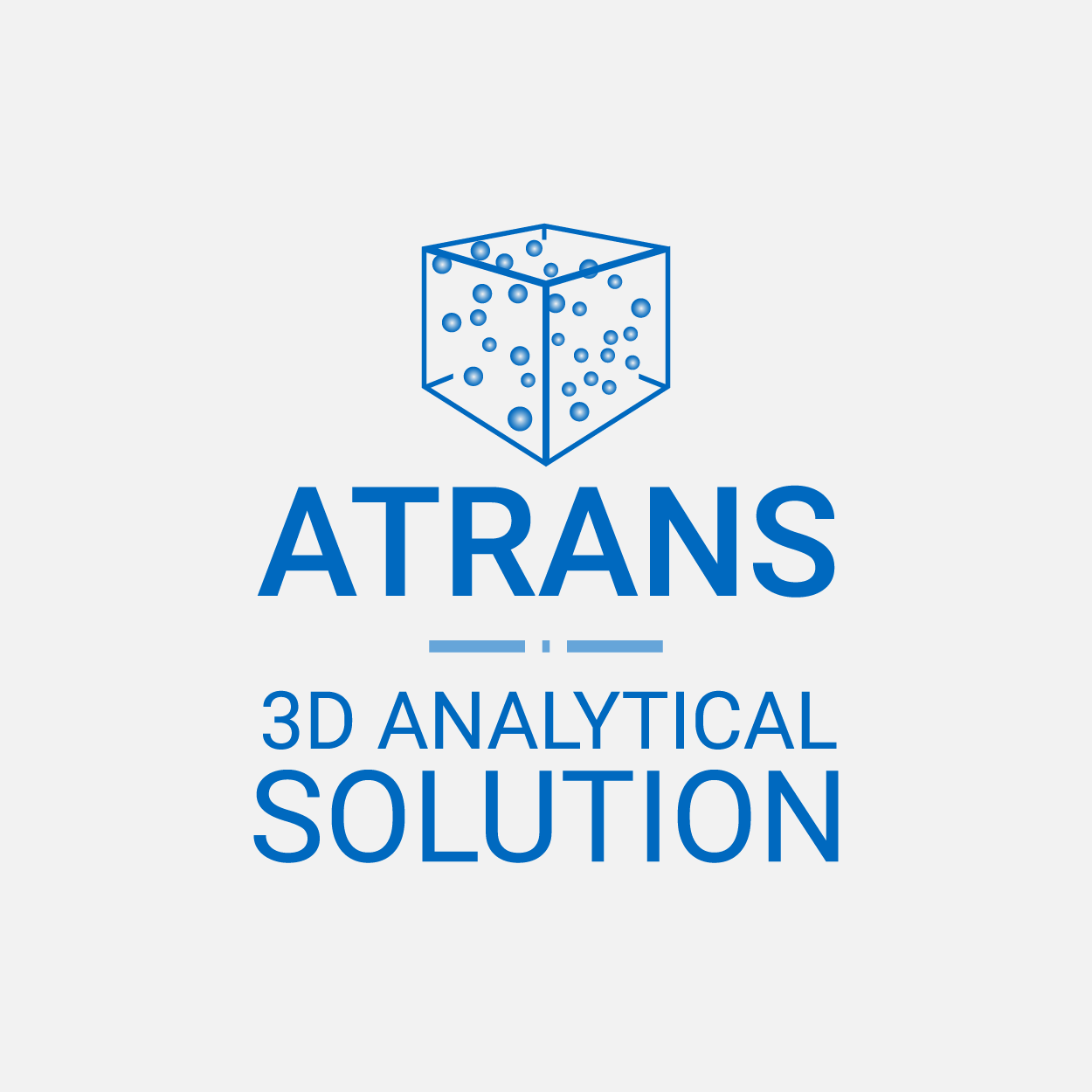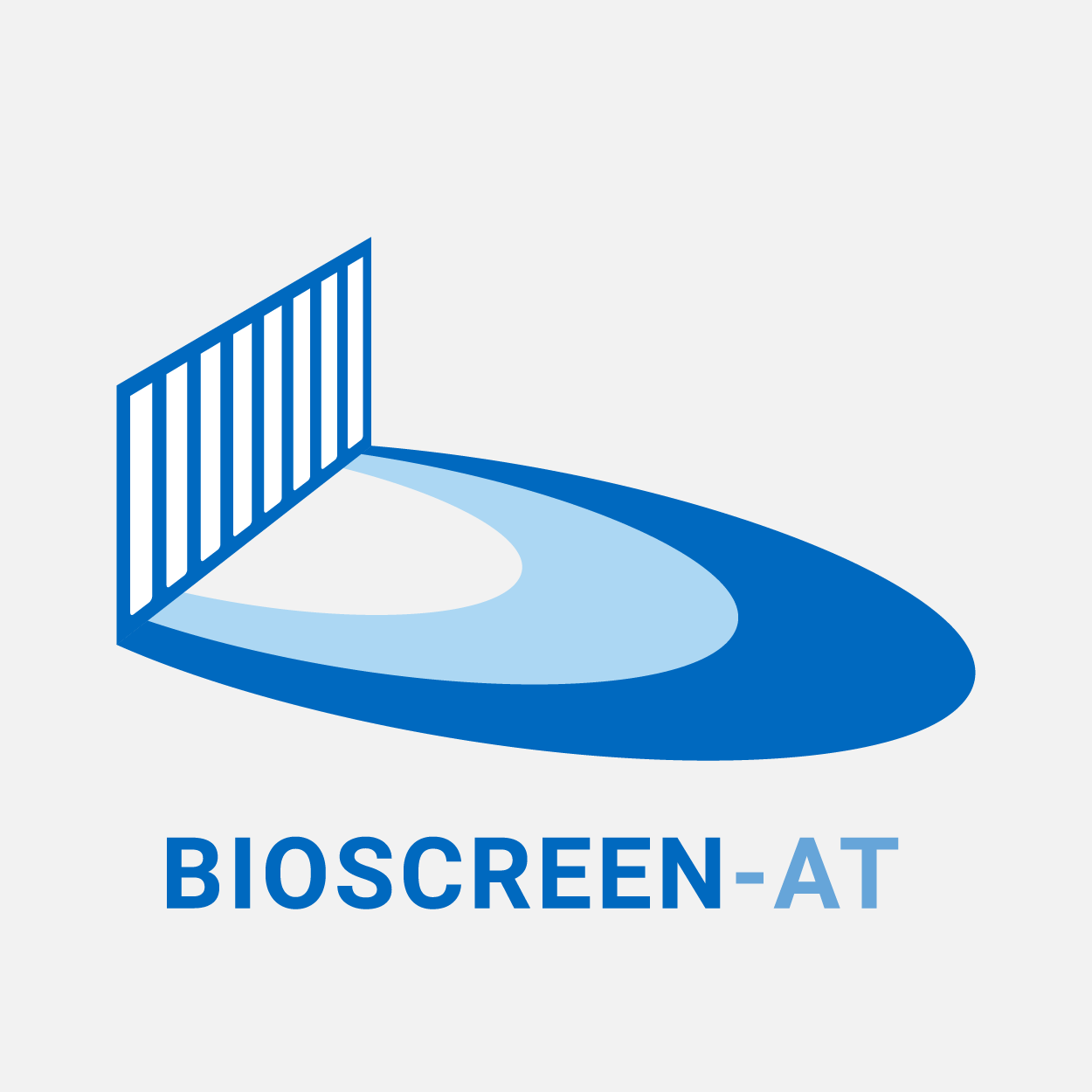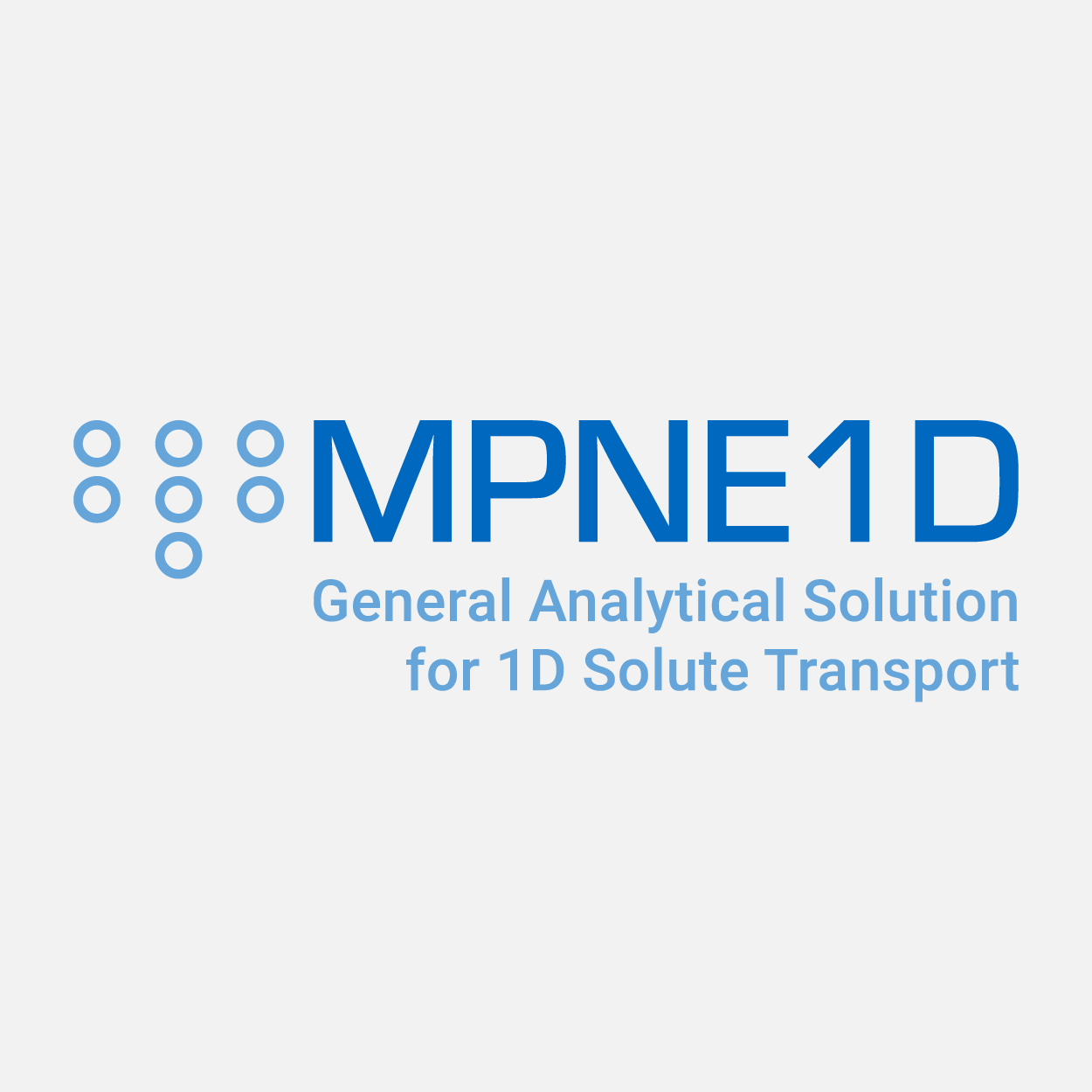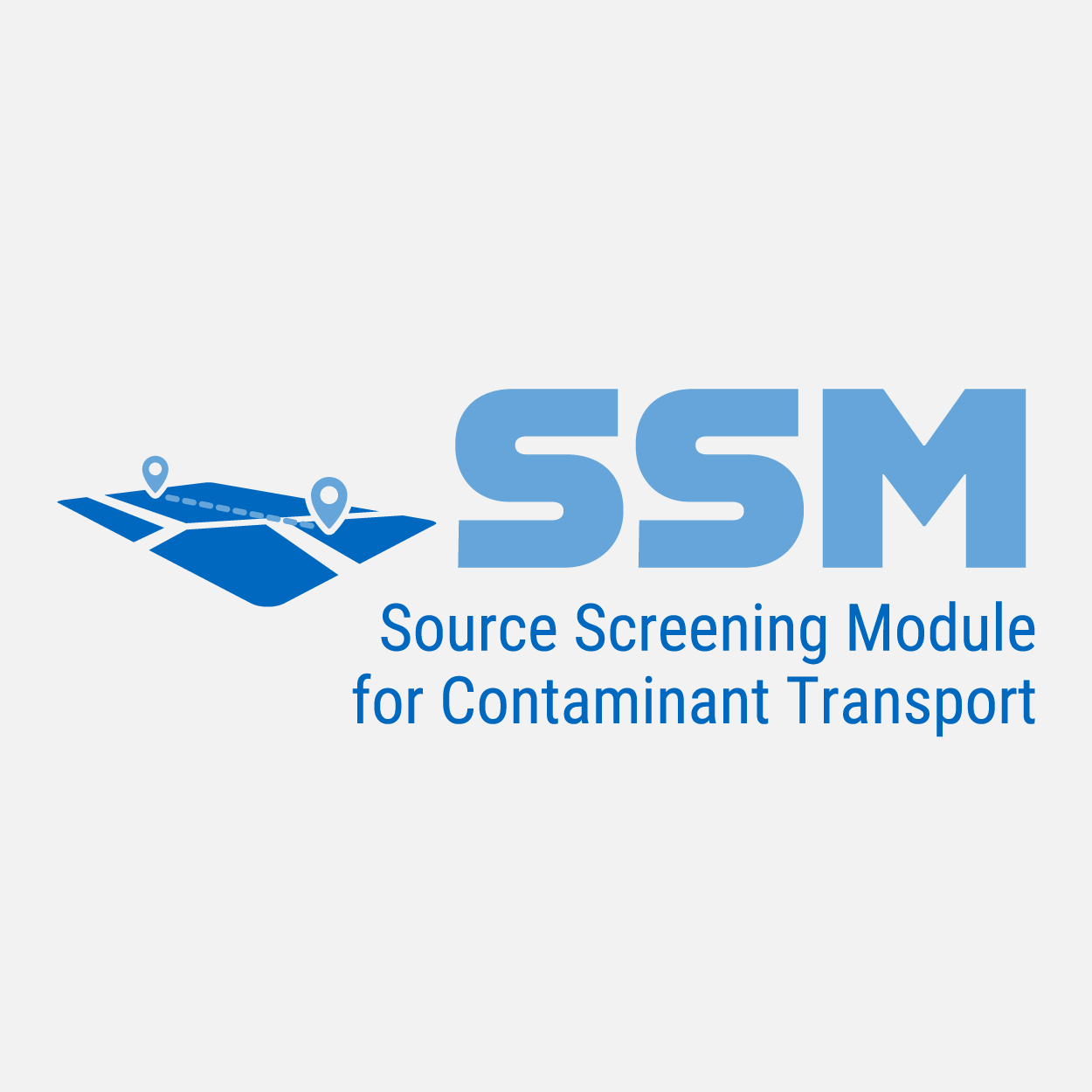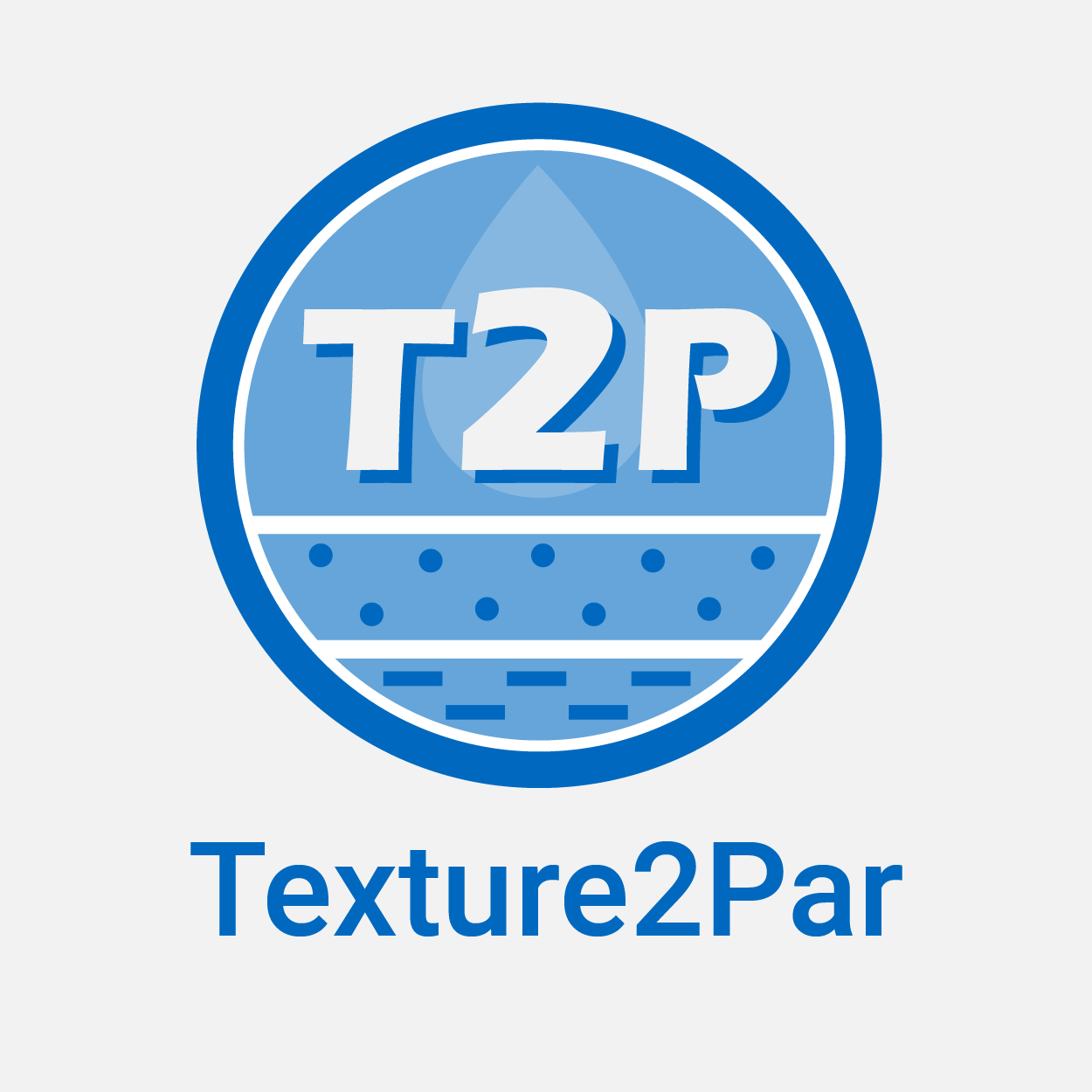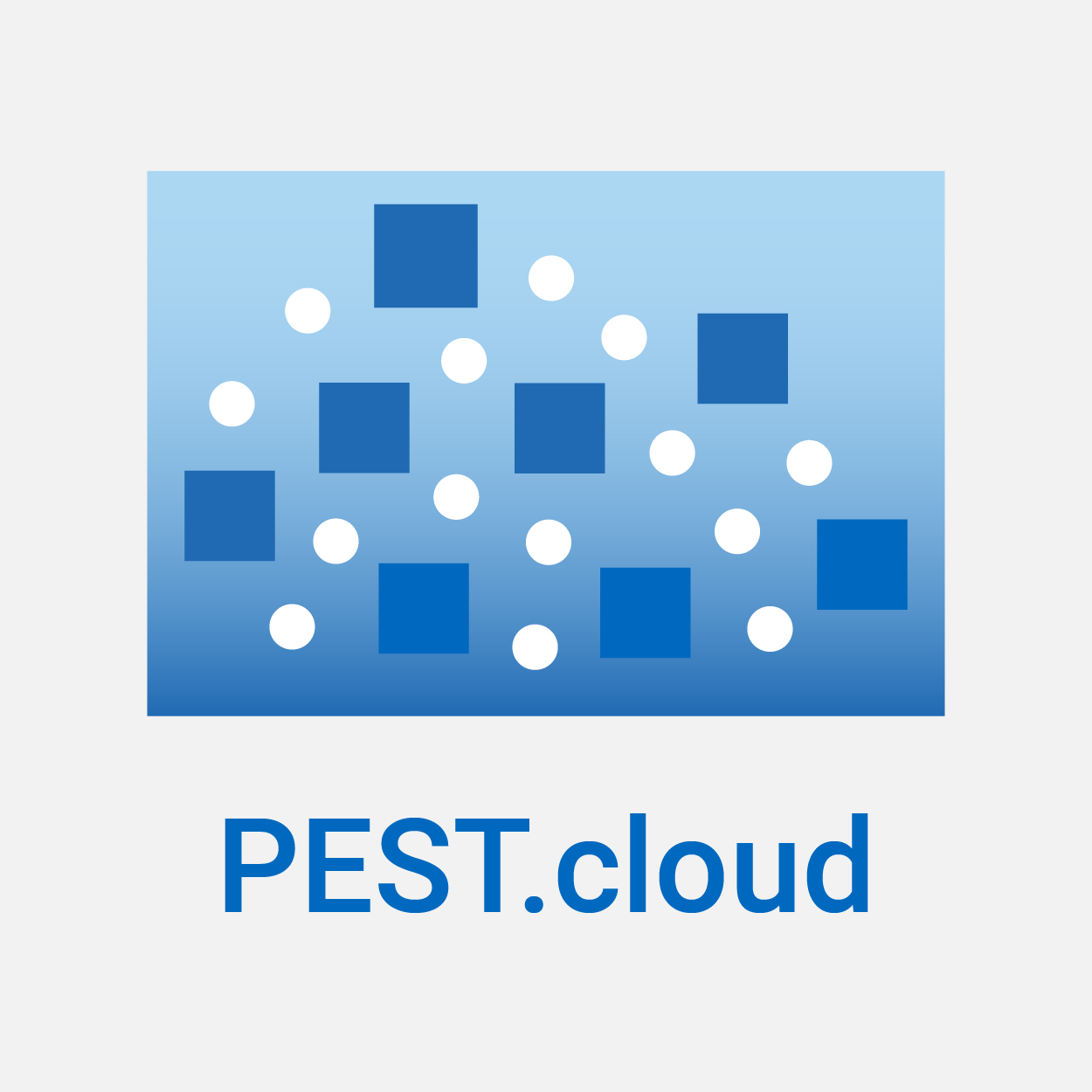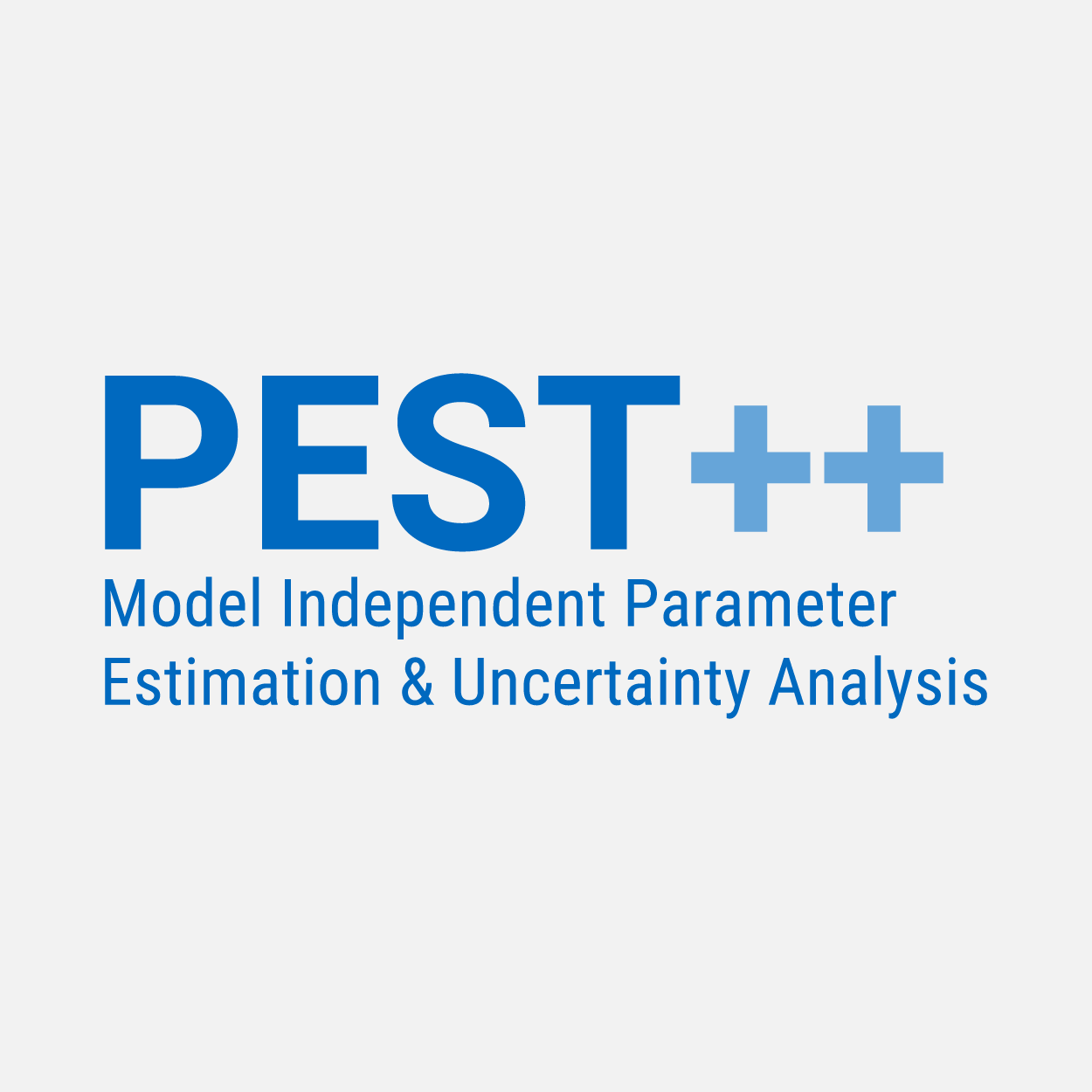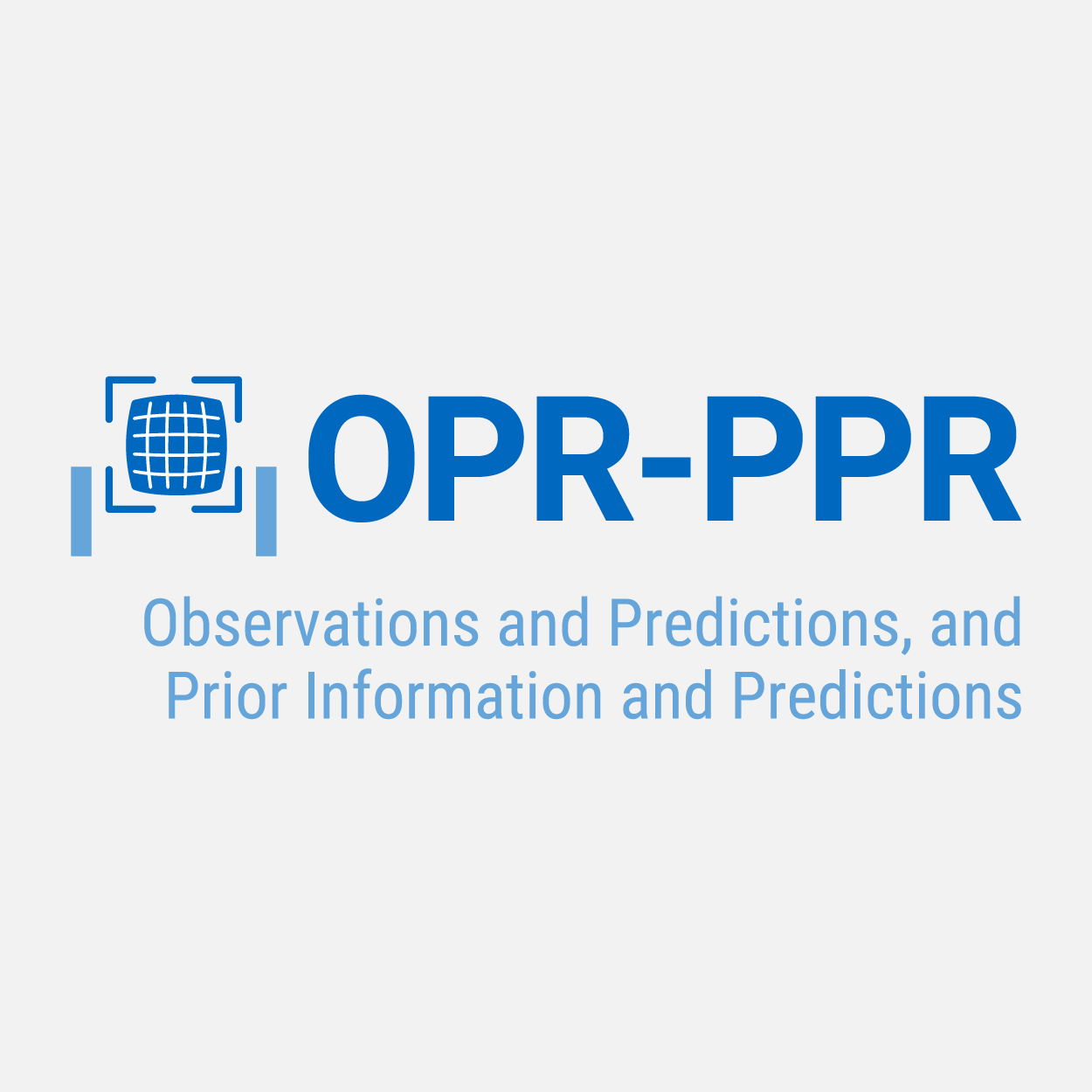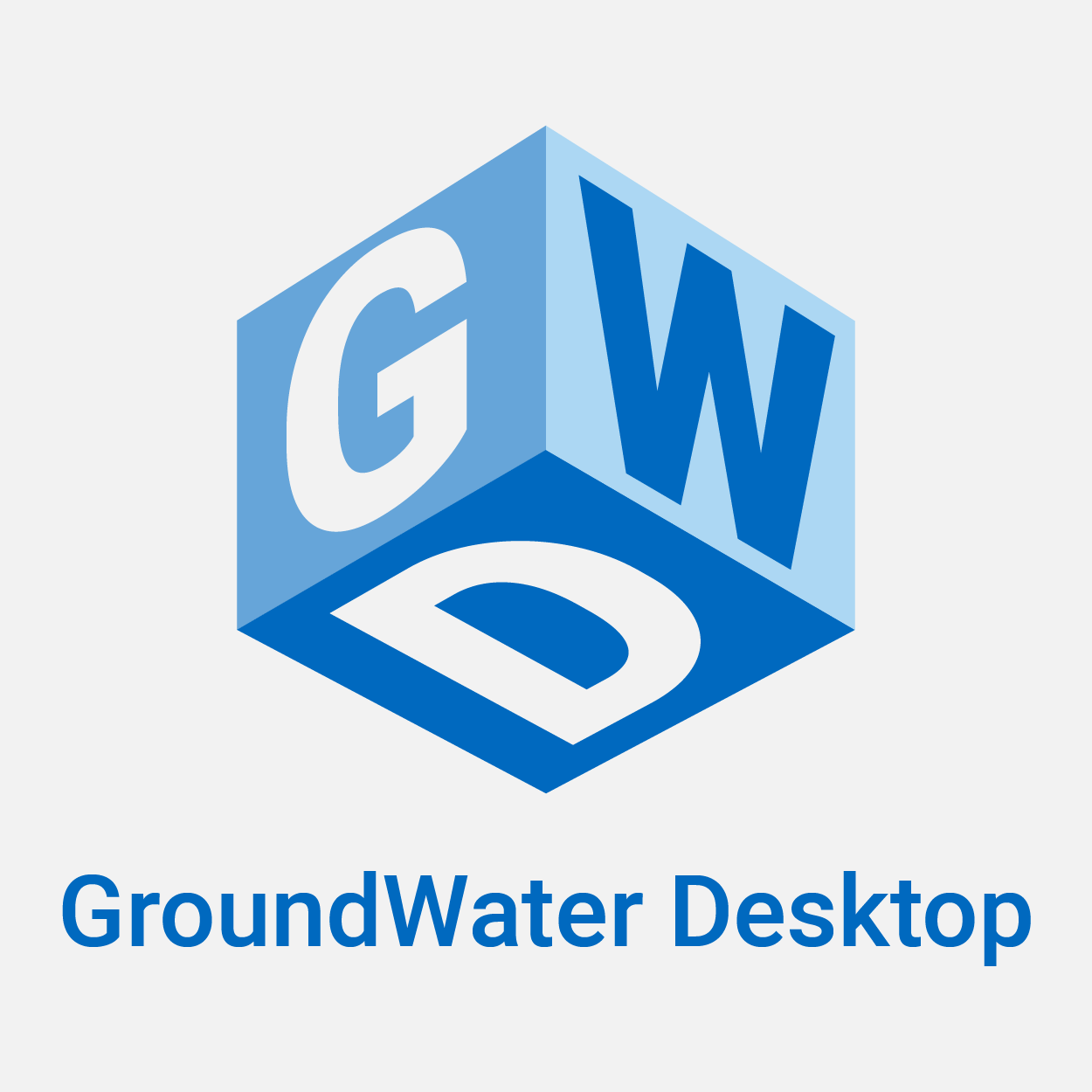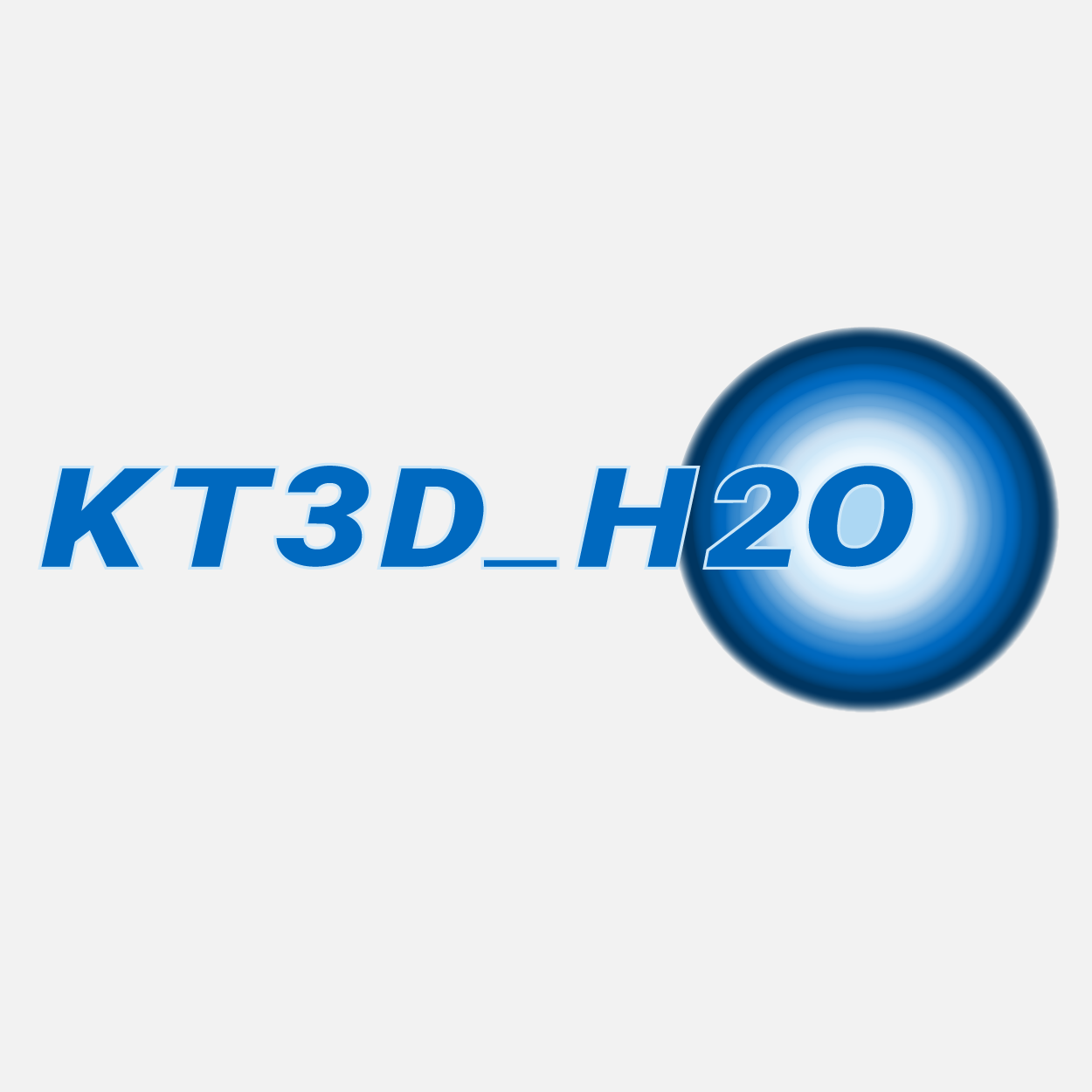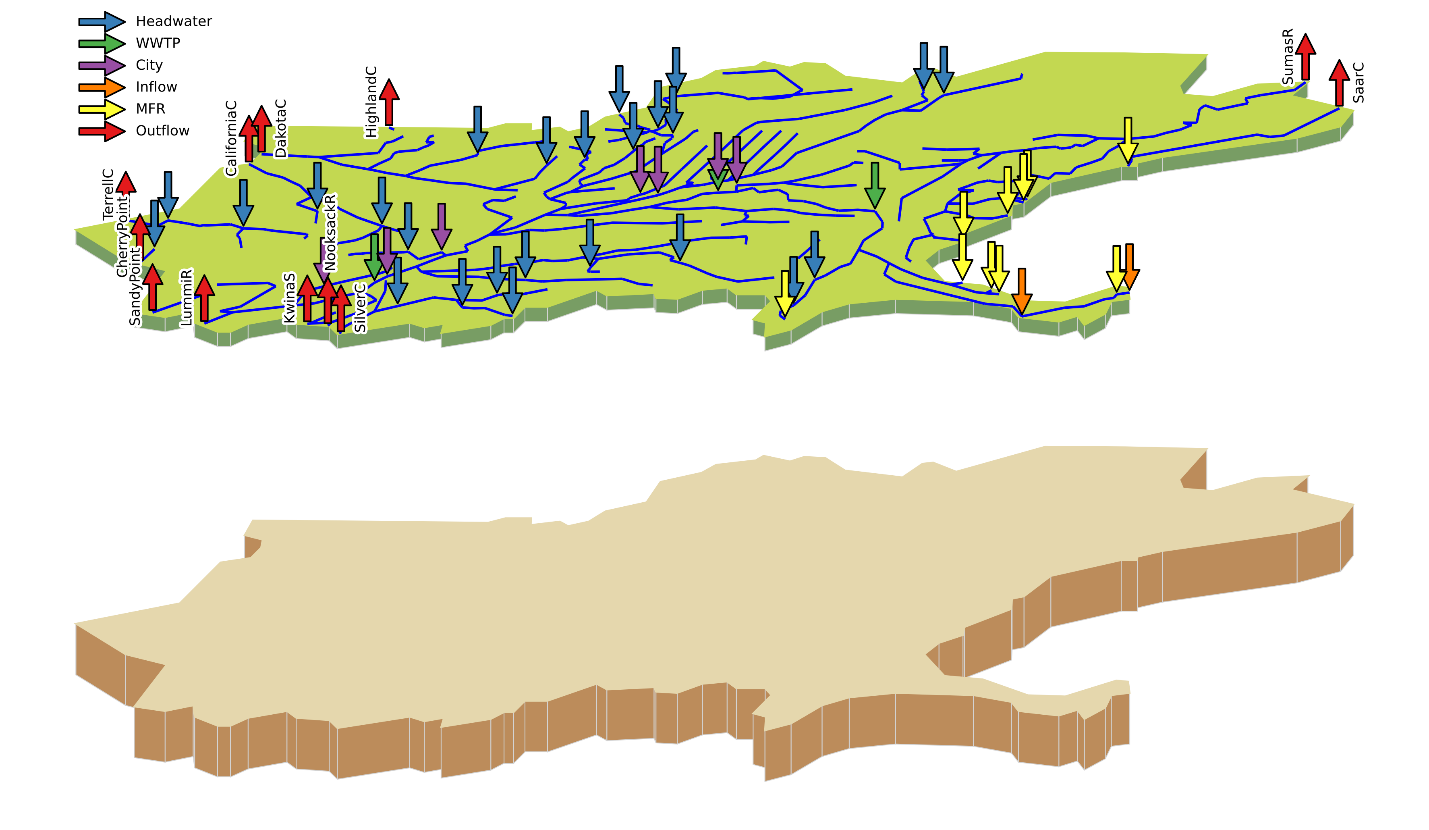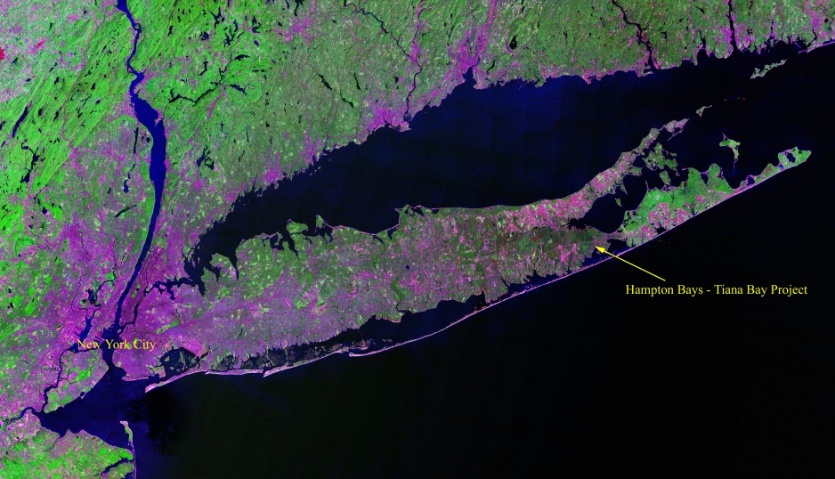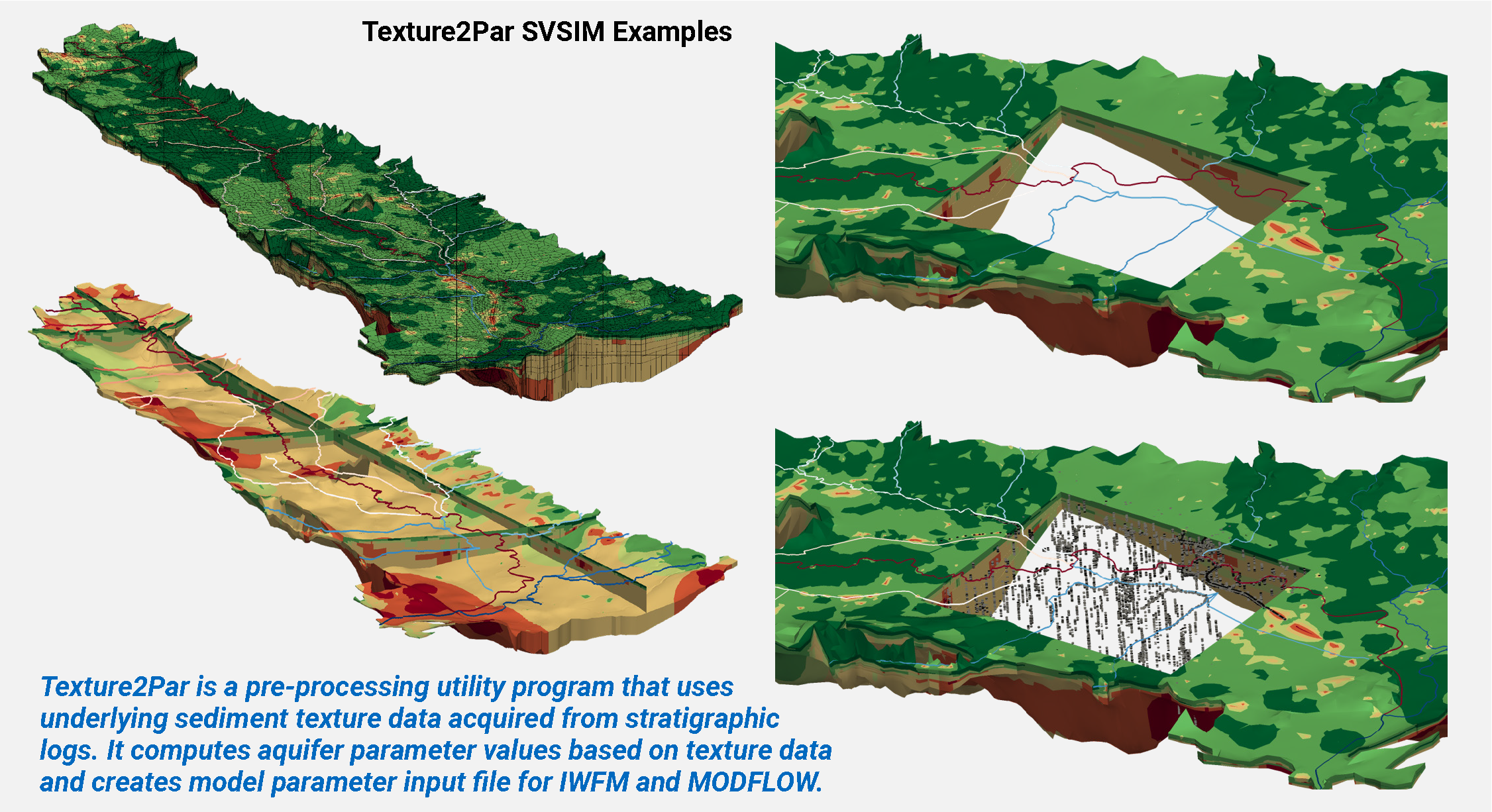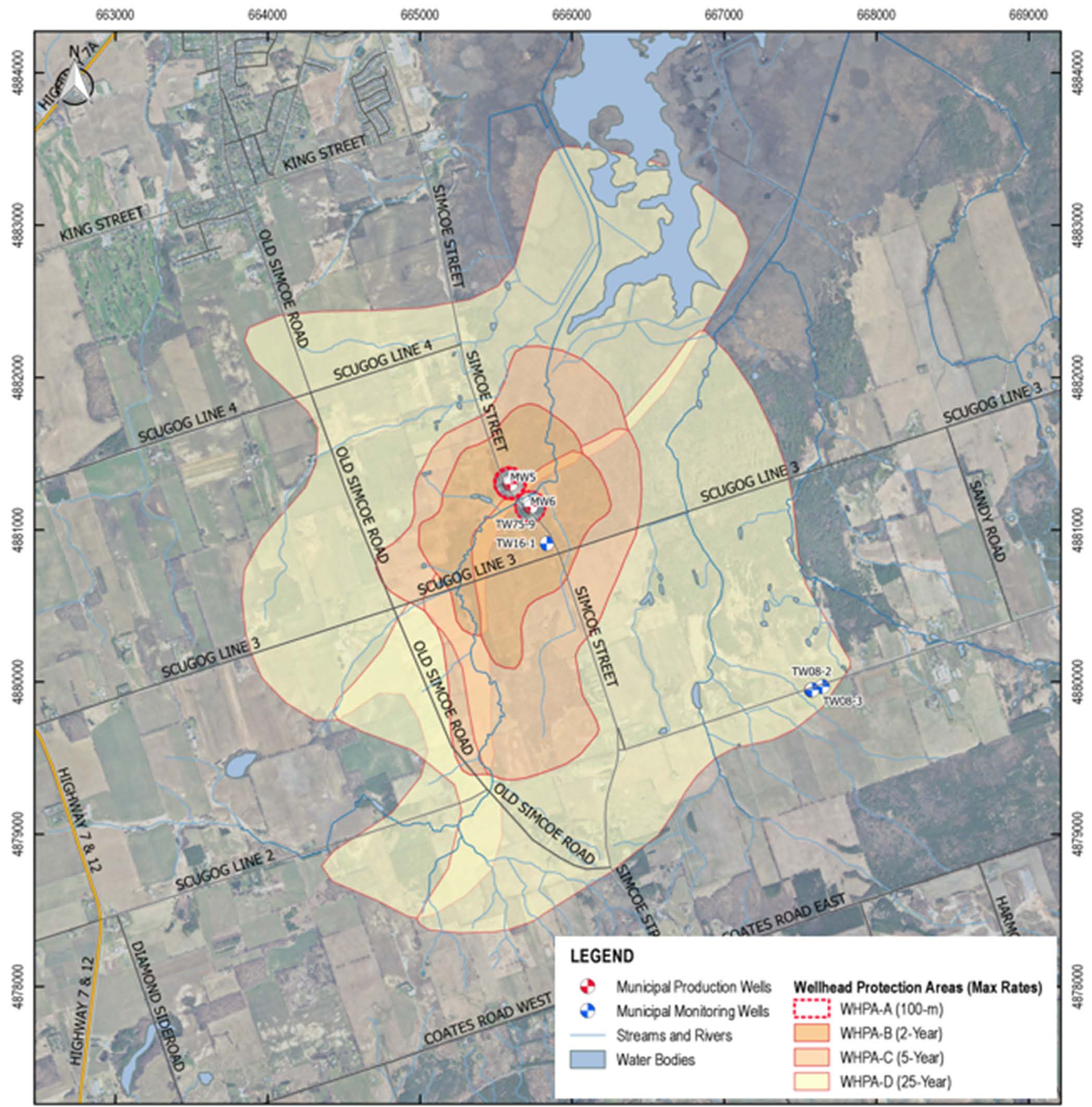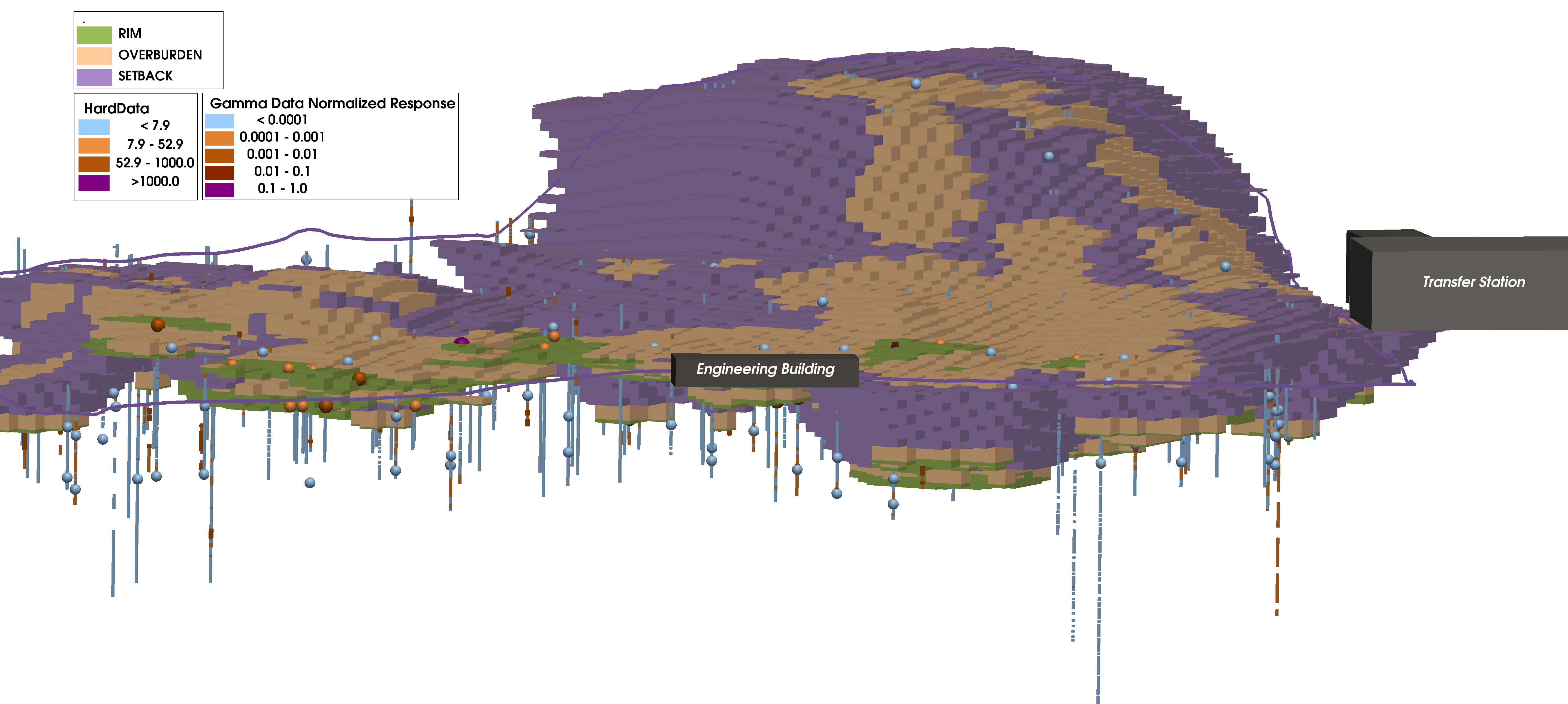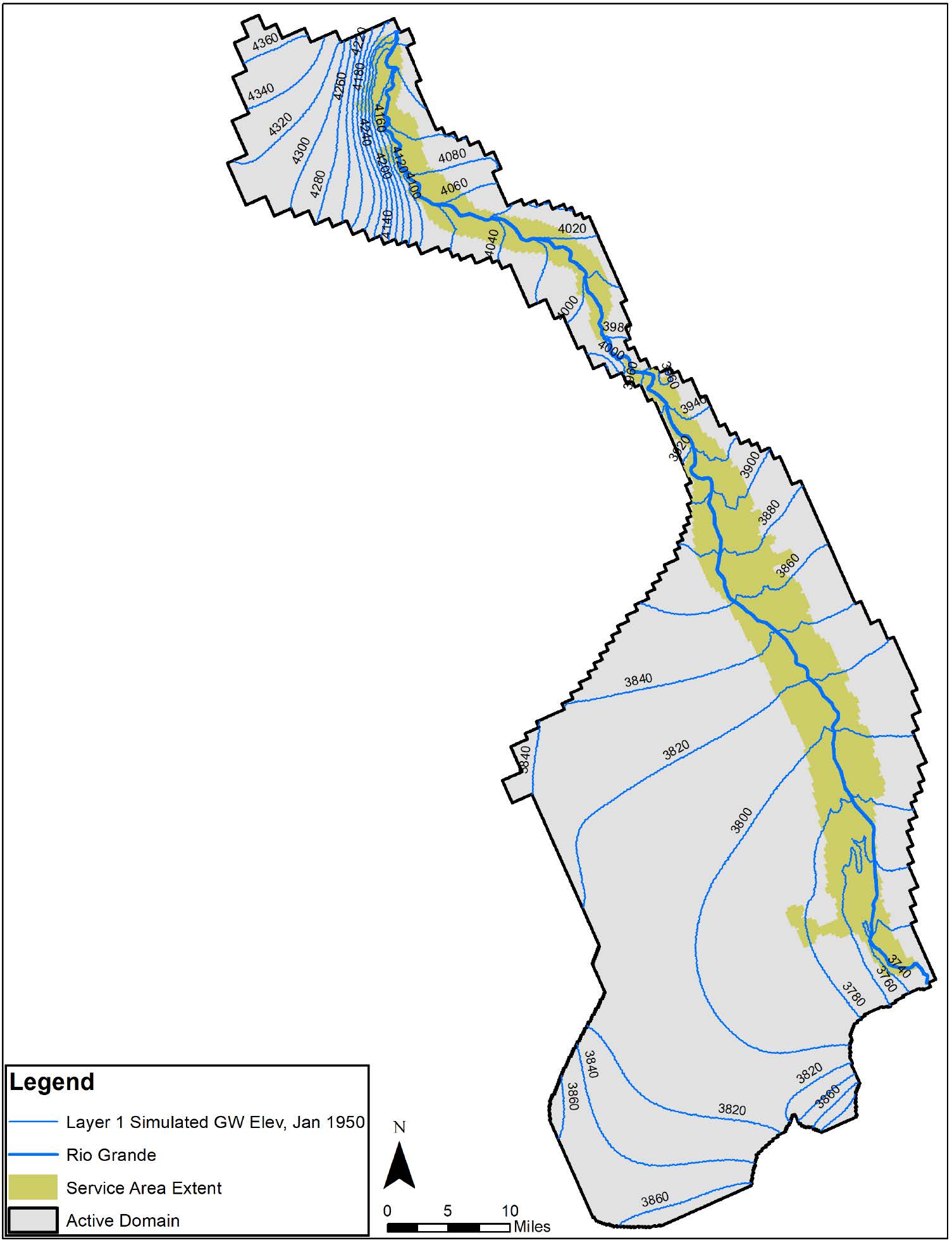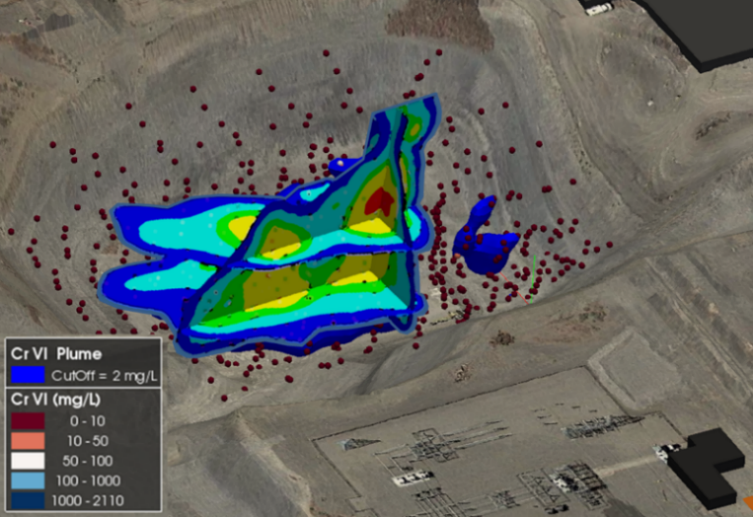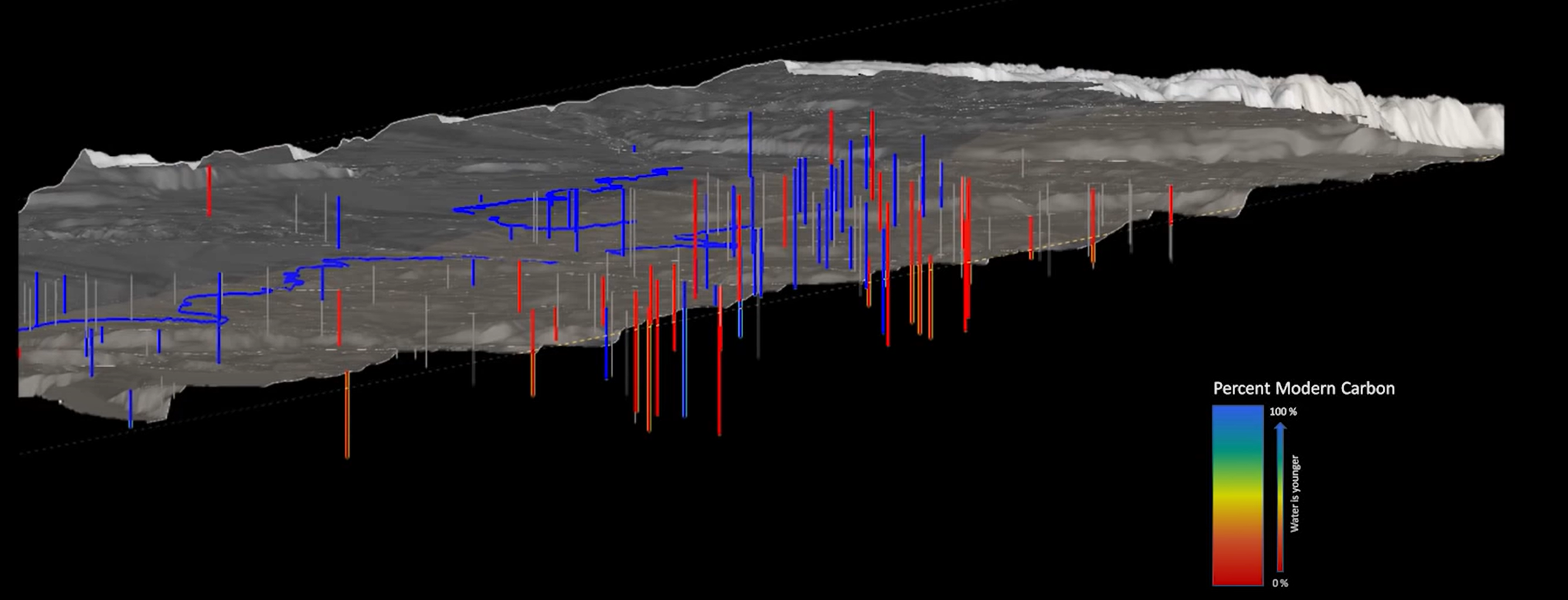SSP&A develops innovative groundwater modeling software and continuously invests in cutting edge research and development to provide novel tools. Many of our software packages are created to address the specific needs of projects or clients. We offer customized software, associated documentation, and client staff training as a complement to our hydrogeology and modeling services.
Our software is used globally by experts in academia, government, and private companies. SSP&A maintains a network of users and provides software training courses nationally and internationally. We also collaborate with other technical leaders on some of the most widely used software in our industry.
SSP&A software is maintained to meet rigorous quality assurance/quality control (QA/QC), and compliance requirements of federal agencies. Our experience with compliance requirements covers application development, performance, and documentation and support. To support water resources and environmental decision-making, SSP&A continuously enhances its software through recent contracts with federal and state agencies, including:
- U.S. Department of Energy (USDOE);
- U.S. Environmental Protection Agency (USEPA);
- U.S. Geological Survey (USGS);
- U.S. Army Corps of Engineers (USACE); and
- California Department of Water Resources (CA-DWR)
Many of our programs are provided free-of-charge, although a professional version of MT3D, referred to as MT3D99, is available. Visit our software page to learn more.
Groundwater Modeling Software
SSP&A develops and contributes to specialty codes for groundwater flow, contaminant fate and transport, and aquifer characterization. We provide cutting-edge, customizable solutions that empower clients to make data-driven decisions, optimize environmental outcomes, and ensure regulatory compliance.
MT3D
The original MT3D was developed at SSP&A and became the most widely used solute transport code in the world. We have continued to advance MT3D’s capabilities through various releases, most recently releasing MT3D-USGS in collaboration with USGS which supports unsaturated zone transport, salt and nutrient transport within streams and lakes, kinetic reactive transport, P&T remedies, and incorporates the Hydrocarbon Spill-Source Package (HSS), among other capabilities.
mod-PATH3DU
SSP&A developed mod-PATH3DU to calculate 3D pathlines in structured and unstructured models. mod-PATH3DU supports all cell geometries available with MODFLOW-USG including quadpatch, quadtree, Voronoi, triangular, and nested grids. modPATH3DU includes linear-sorption and random-walk modules to represent retardation and dispersion for enhanced transport analyses, and collaborated with the University of Waterloo to add sub-grid analytical transport capabilities.
Contributions to MODFLOW and IWFM
SSP&A has made important contributions to the MODFLOW family of simulators over the past 45 years. Our founders helped shape the precursor to MODFLOW, laying foundational concepts in groundwater modeling. Before MODFLOW-NWT, SSP&A implemented Newton-Raphson capabilities in MODFLOW for solution stability. We collaborate with Dr. Sorab Panday by contributing to the development of MODFLOW-USG, and continue our leadership as part of the core development team for MODFLOW 6. SSP&A also collaborated with Dr. Can Dogrul (CA-DWR) in the development of delayed subsidence in IWFM.
Analytical Solutions for Flow, Transport, and Remedy Analysis
SSP&A develops analytical solutions for flow, transport, and remedy analysis. Examples include ATRANS, an exact solution for 3D transport with decay and retardation; BIOCREEN-AT, an enhanced version of the USEPA’s BIOSCREEN that incorporates the ATRANS solution as an alternative to Domenico’s approximate solution; MPNE1D, providing 1D multi-species transport with dual porosity mobile-immobile mass transfer, equilibrium and kinetic sorption, and first-order transformations; and the SSM (Source Screening Module), developed for quick, conservative assessments of contaminant migration and potential impacts from soil sources through the vadose zone to groundwater receptors. These methods offer robust, accessible solutions to support CSM development, screening analyses, and regulatory communication.
Conceptual Model Development, Parameterization and Calibration
With CA-DWR, SSP&A co-developed Texture2Par, which integrates sediment texture data to construct hydrogeological conceptual models and estimate aquifer properties in models built with MODFLOW and IWFM. Texture2Par uses power-law methods to estimate properties and account for compaction-related depth-decay of those properties. Texture2Par can integrate Airborne Electromagnetic (AEM) and other geophysical data as co-variates in this process, and can be used with PEST/PEST++/PEST-IES for automated calibration and uncertainty analysis.
Calibration and Uncertainty Analysis
SSP&A performs model calibration and uncertainty analysis on models developed internally and by others, offering clients enhanced confidence in model predictions and decision-making. We have collaborated with Dr. John Doherty (developer of PEST), the U.S. Geological Survey (USGS), U.S. Nuclear Regulatory Commission (NRC), Pacific Northwest National Laboratory (PNNL), and others in the development of novel methods. These collaborations include development of course materials and co-instructing professional courses.
PEST.cloud
In collaboration with Dr. Doherty, SSP&A developed a web-based cloud tool for model calibration using PEST on Microsoft Azure to streamline compute node setup, file distribution, and run monitoring, with easy result packaging and downloads.
Contributions to PEST/PEST++ and Associated Capabilities
Under a USGS contract, SSP&A served as the prime contractor and co-developer of PEST++ and related tools for inverse modeling on distributed computer networks. SSP&A developed two key components: GENIE, a model-independent parallel run manager to manage model runs across networks using multithreaded message-passing; and PESTCommander, a graphical user interface (GUI) to simplify model file management across diverse computing environments including Cloud-based systems.
Linear Predictive Analysis of Models (OPR-PPR)
SSP&A developed the OPR-PPR program for the USGS to evaluate how different data types influence predictive uncertainty. OPR-PPR helps prioritize data collection by assessing the value of observations and other independent information. The program was published in a 2007 USGS report, and SSP&A has provided training on its use alongside Dr. Mary Hill.
Visualization and Graphical User Interfaces
SSP&A continues to develop user-friendly visualization and GUI’s for groundwater modelers, hydrogeologists, engineers, and decision-makers to view and analyze environmental data. These are particularly useful as SSP&A provides these files to clients to enable them to use the viewer independently, facilitating internal and public (third-party) presentations and stakeholder communications, and providing full transparency and enabling qualified clients and their contractors to become proficient in and ultimately take over custodianship of work led by SSP&A staff.
GroundWater Desktop
GroundWater Desktop (GWD) is a fully 3D interface to visualize groundwater models and their results. GWD can be used to visualize any model, and currently supports MODFLOW, MODPATH, MT3D, the unstructured grid MODFLOW-USG, and the finite-element Integrated Water Flow Model (IWFM). All models can be examined using cross-sectional, cut-away and layer “exploded” views, implementing Visual Tool Kit (VTK) object packages.
Web Enabled Tools
Incorporated into GWD is KT3D_H2O, which generates gridded maps of groundwater elevations using hydrologically based trends to account for pumping, boundaries, and surface-water features. Capture zones of pumping wells and the fate of contaminants can be calculated by combining particle tracking with these surfaces. Kriging options are also available to grid concentration data for enhanced plume analysis.

